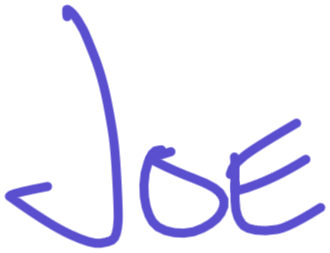Condition 001
Invisible ideas breed doubt; visible ideas build confidence.
What can be seen, can be shared, refined, and believed in.
For years, I held my best ideas captive in my head: not because I doubted their value, but because the very thing that made them great–their detail and interconnectedness–also made them tumble out as a tangled mess of what sounded like half-formed thoughts, a shadow of what they were in my head. I hated it so much.
I didn’t have some grand epiphany about externalizing ideas—I was simply desperate to be understood. Through this desperation, I discovered something profound: ideas need to exist outside my mind before I can truly see them. When I started drawing even basic boxes and arrows on paper, those jumbled thoughts transformed into something I could work with. The visualization doesn’t need to be beautiful or comprehensive; it just needs to exist in the physical world. The magic isn’t in creating perfect representations; it’s in making invisible thinking visible, giving form to formless thought.
Starting is better than getting it right.
What important idea remains trapped in your head?
What’s top of mind that you can make visual right now?
This technique is dead simple, but it requires starting before you think you’re ready. Begin with whatever’s top of mind. Don’t try capturing everything at once, don’t try to figure out the perfect thing to start with. Start with whatever one thing has your attention, and create one visible representation of what’s in your head–even if it’s not entirely accurate.
The power lies in breaking that mental logjam. That first visible element creates an anchor that helps reveal what comes next. Without it, it’s like trying to hold too many apples in your hands, and continually dropping important connections. As each piece becomes external, your mind is freed to see new connections, rather than struggling to hold on to the same old things.
When you externalize your thinking this way, you’ll experience increasing clarity that drives continual refinement, and you create a tangible reference point that invites others into a shared understanding.
Thanks for reading,


Confident Moves
Try this in less than 10 minutes:
Look at your calendar for the next meeting that makes you anxious.
- Grab a scrap of paper and a pen
Yes, the physical medium matters. There’s something about the hand-mind connection that digital tools can’t quite replicate. - Write one word about your main goal and put a box around it
Not what’s on the agenda, but what you’re truly hoping will happen, what you need out of it. Feel the difference between the thought and seeing it? - Add two more boxed words that relate to this goal
Trust what emerges without overthinking. These are nouns; the words could be enabling factors, obstacles, key people—whatever feels connected to your intention. - Draw arrows between them and label the connections; continue making boxes and arrows until the process stalls
Use verbs or short phrases that capture the relationship: supports, challenges, requires—whatever feels true in the moment. - Notice what becomes clearer just through this small act
Sit with it for a bit. Does anything feel more solid than before? Can you think of anything you might do, now, to help deal with that anxiety?

Want to go deeper?
Read the full article on this topic:
Why Great Ideas Often Stay Trapped in Our Heads (And How To Get Them Out!)